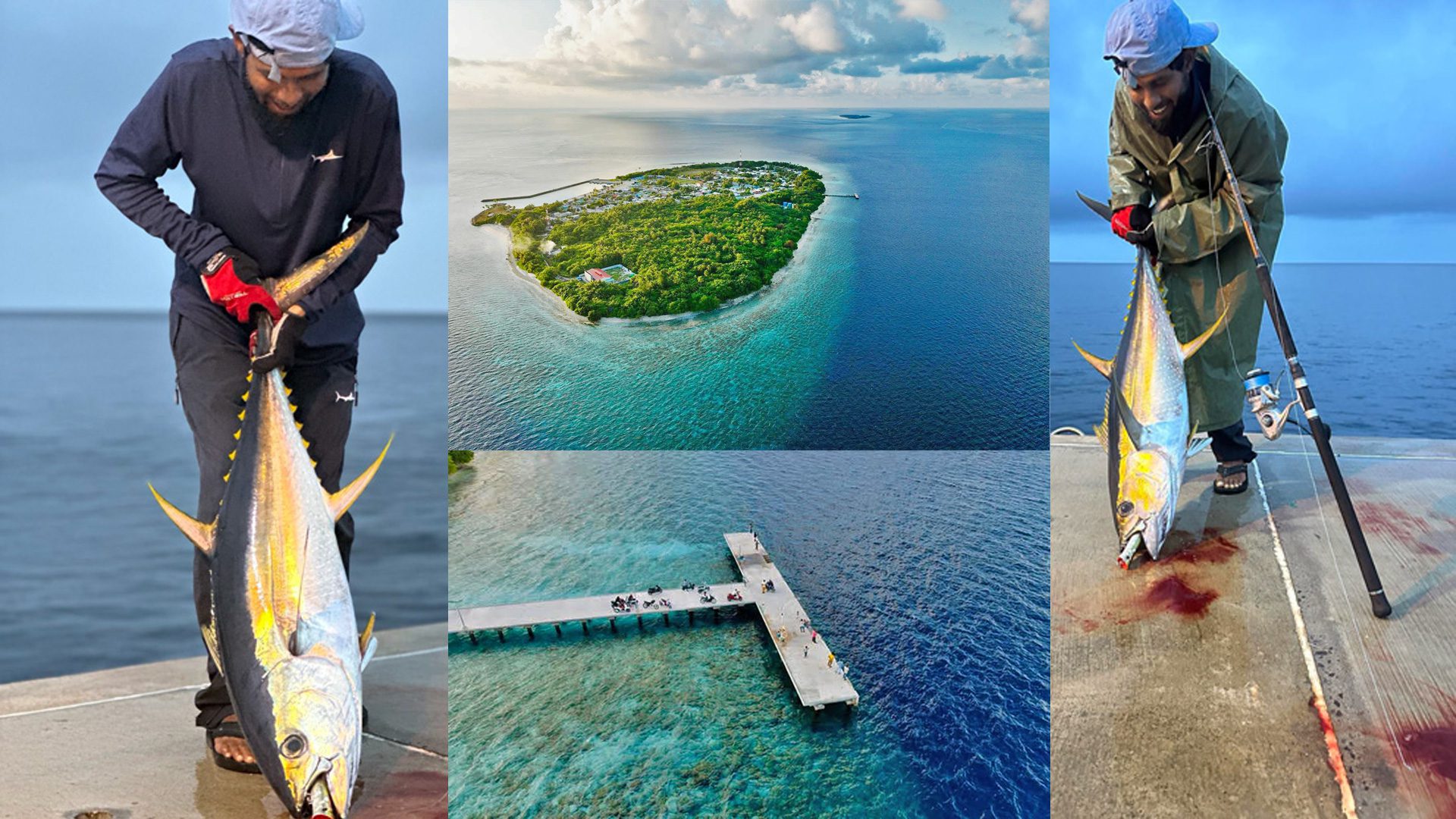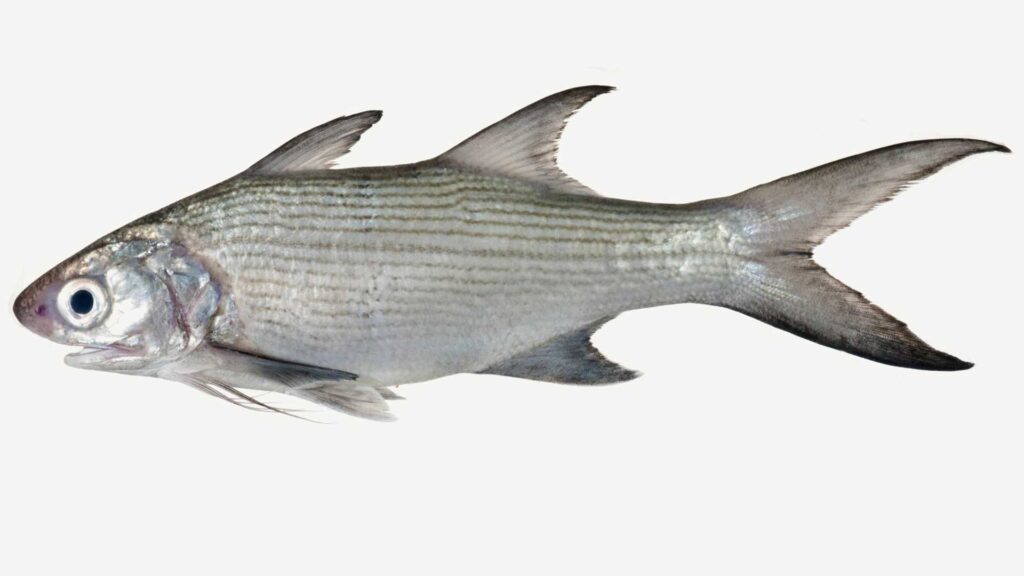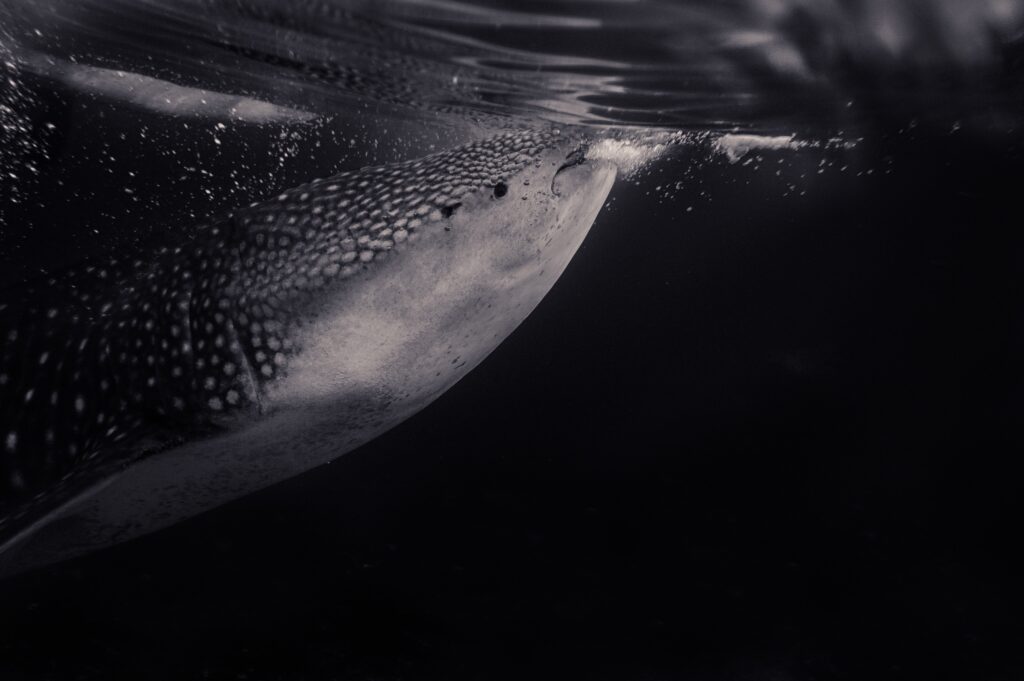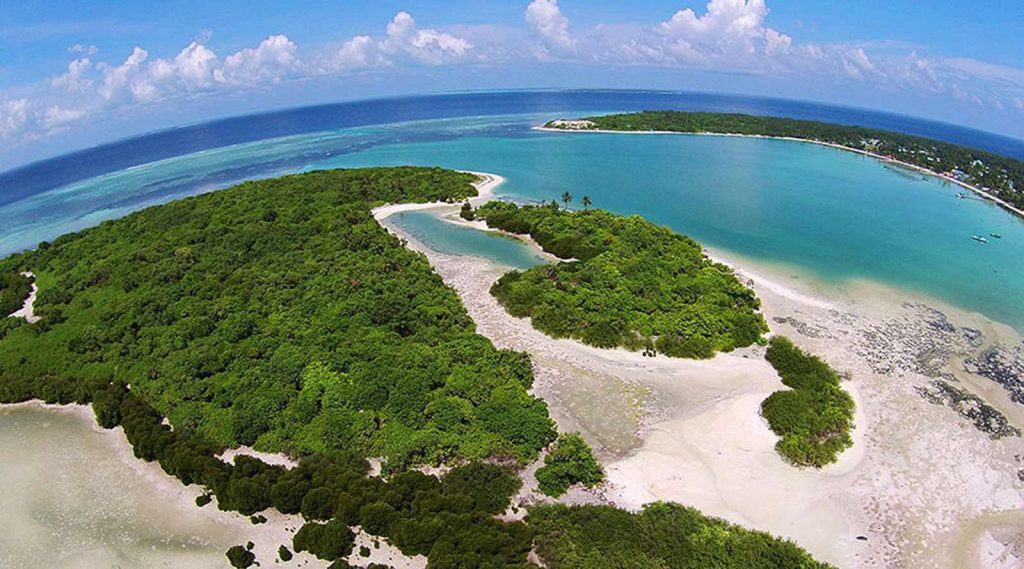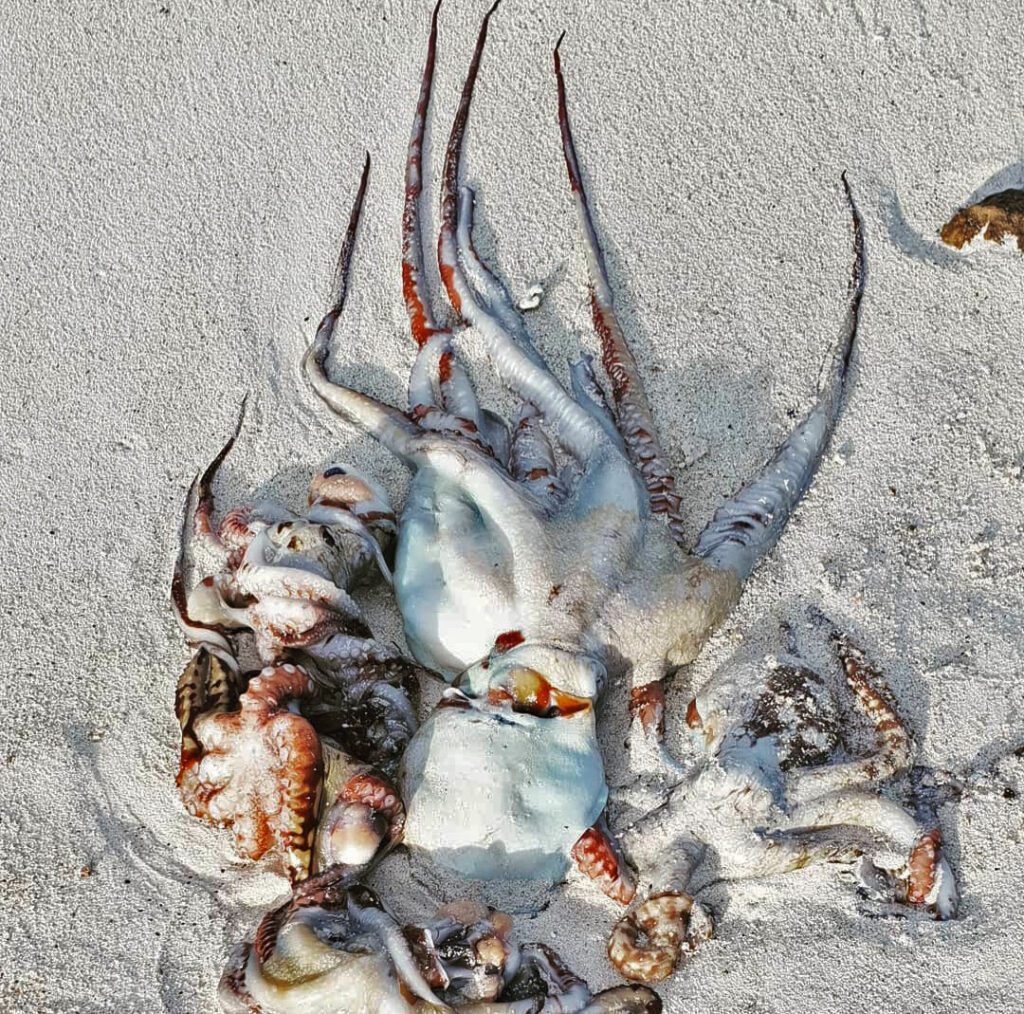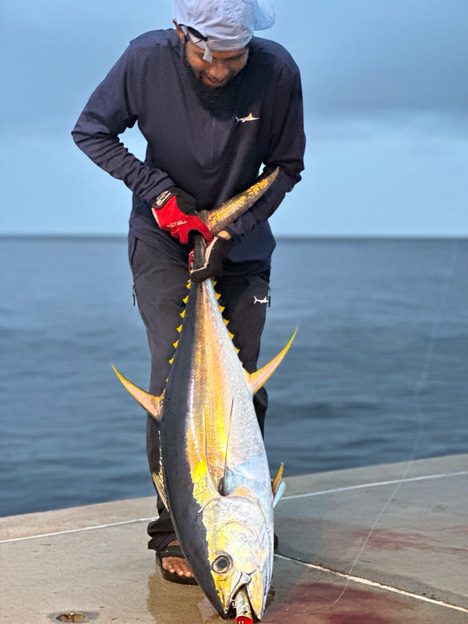
Reef fish inhabit beach fishing spots on some islands, making it easy to catch them using various fishing methods. Islands with lagoons, long reef flats, and low wave activities around the island have the advantage of catching inshore or reef fish. Common reef fish such as big-eyed scad, spotted dart, blue sea chub, trevally, kawakawa, rainbow runner, grouper, green job fish, and snappers can be caught in many islands by beach fishing methods. But to land offshore or pelagic fish such as kawakawa, mahi-mahi, and wahoo, few islands have topography that inhabits these kinds of fish.
For example, our island, Fuvahmulah, is known to inhabit yellowfin tuna in abundance, especially during monsoon season. The unique occurrence about yellowfin tuna near our island is that they inhabit and move around very close to the island, around 300 to 500 meters away from the fore reef. However, we are not able to land yellowfin tuna using popping, casting methods, or any of the fishing methods that we practice on the beach or in the fore reef area. But there are very few islands with topography that holds pelagic fish like yellowfin tuna.
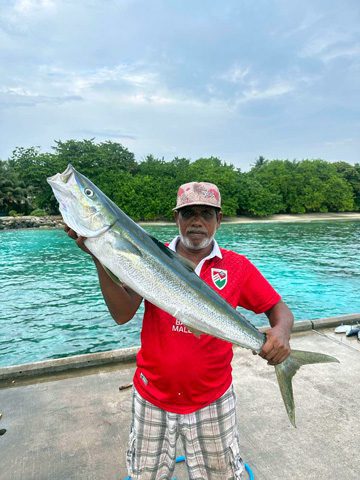
Rasgetheemu Island of Raa Atoll has a special spot to land offshore fish, including yellowfin tuna, wahoo, and sometimes sailfish. The platform of the jetty located on the northeast side of the island is built on the fore reef near the drop-off that slopes down into deeper depths.
Drop-off is a topographical formation where shallow water transits into deeper water. This is one of the prime locations fish hold in. A variety of fish species inhabit this topography, making it ideal for fishing. Here, the ocean floor suddenly drops from 60 feet to around 3000 feet. Some slopes are very steep while other slopes gradually run horizontally and meet a steep slope. For example, in Fuvahmulah, after the fore reef, the slope extends relatively to a longer distance, especially on the northwestern side of the island.
Drop-offs are home to a significant number of fish. These are ideal feeding places and often have increased current that attracts fish. Hence, it is a fantastic spot to target pelagic fish. While on this ‘lucky jetty,’ you are able to cast at the pelagic realm of the ocean. Rasgetheemu’s rich and unique topography enchants its people.
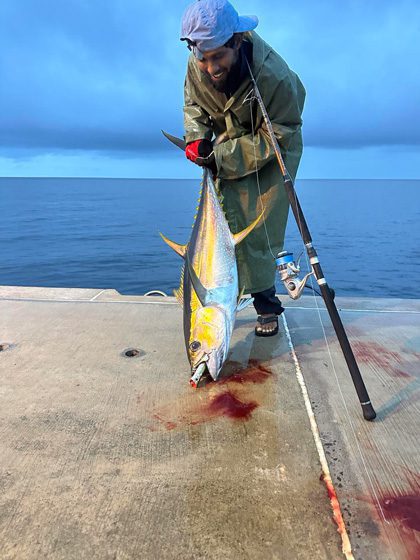
People of all ages experience the thrill and excitement of fishing in this spot. They go to the jetty to target the fish of their choice. If you want to land a yellowfin tuna of around 15 kg while standing on this jetty, challenge it and experience the battle against one of the fastest fish in the sea. They land sailfish, mahi-mahi, rainbow runner, red snapper, wahoo, yellowfin tuna, kawakawa, pinjalo snapper, etc.
Techniques that can be used in this spot Call out the fish from the depths.
Vertical jigging (beach jigging)
As this is an area with deep depth, fish such as yellowfin tuna can be ignited from the depths using vertical jigging techniques and horizontal jerks on the fishing rod. As you retrieve the line, pause for a while, then jerk the rod. Present horizontal jabs with pauses in the jetty to attract barracuda, kawakawa, and other fish.
You can also use live bait and other types of bait.
For a drop-off like this, live bait can also attract GT, yellowfin tuna, and other fish. If there is current, you can use a sinker to send it deeper. Not all drop-offs are excellent spots for offshore or inshore fish. The presence or aggregation of fish depends on many factors, which include plankton, bait fish, temperature, and the physical formation of reefs in the area. Luckily this jetty is a gift for the gateway to the world of fishing—especially to experience the battle of landing powerful pelagic fish while on the beach. Those seeking an adrenaline rush from battling one of the sea’s fastest and most powerful fish should dare to take on the challenge.
